Home>Articles>How To Store Fish Vegetables And Meat Top To Bottom
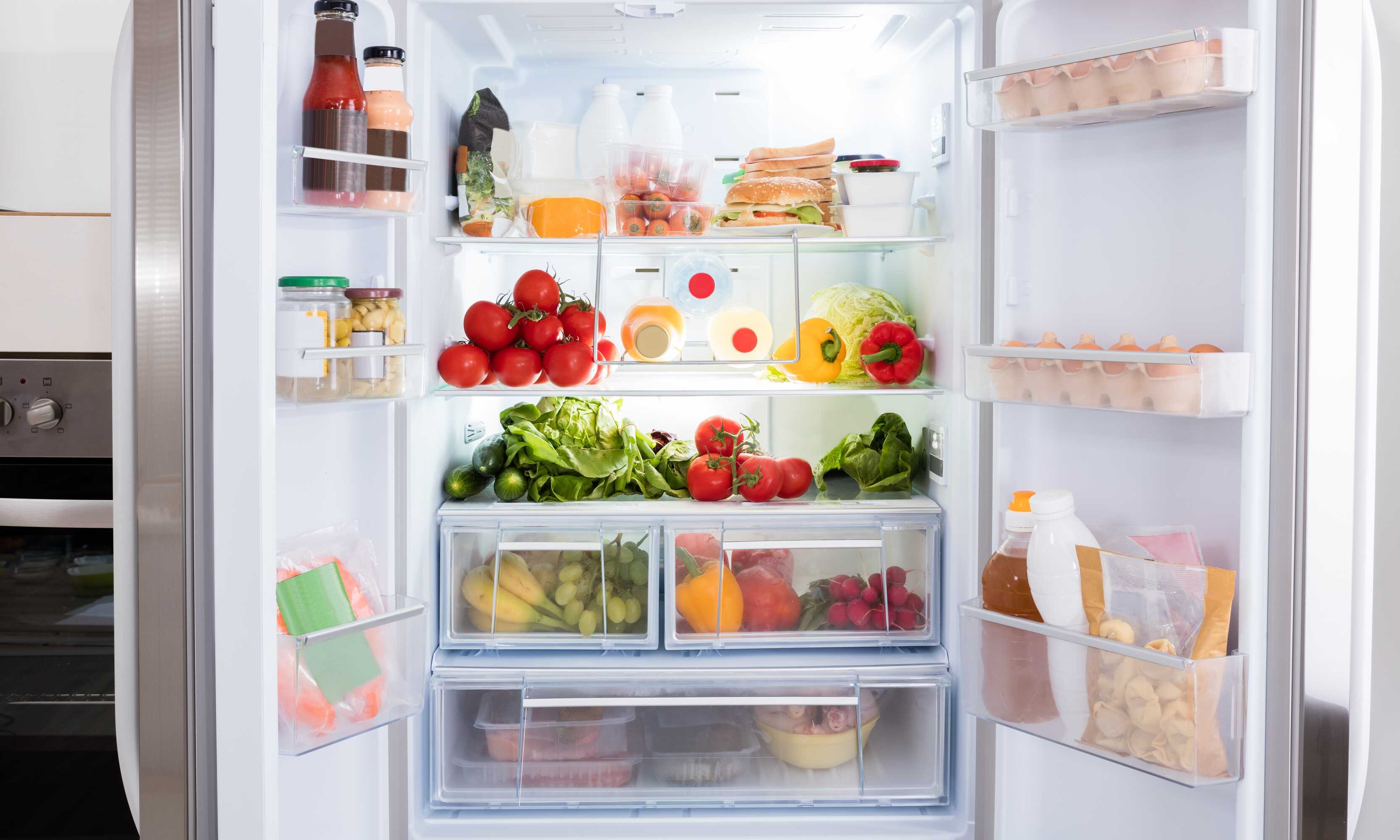

Articles
How To Store Fish Vegetables And Meat Top To Bottom
Modified: February 20, 2024
Discover the best techniques for storing fish, vegetables, and meat from top to bottom with our informative articles. Learn how to maximize freshness and minimize waste.
(Many of the links in this article redirect to a specific reviewed product. Your purchase of these products through affiliate links helps to generate commission for Storables.com, at no extra cost. Learn more)
Introduction
In today’s fast-paced world, proper food storage is of utmost importance. Whether you are a homemaker, a professional chef, or simply a food enthusiast, knowing how to store your ingredients correctly is crucial for maintaining their freshness and extending their shelf life.
From fish and vegetables to meat and poultry, each food item requires specific storage conditions to keep them safe and flavorful. In this article, we will delve into the art of proper food storage and provide you with practical tips and guidelines on how to store fish, vegetables, and meat from top to bottom.
By following these best practices, you can ensure that your ingredients stay fresh, retain their nutritional value, and avoid any potential health risks associated with improper storage.
Key Takeaways:
- Proper food storage is essential for maintaining freshness, safety, and quality. Choosing the right containers, following specific storage guidelines, and maintaining proper organization are key to extending shelf life and reducing food waste.
- Storing fish, vegetables, and meat requires attention to detail. From refrigeration temperatures to freezing times, following specific storage techniques ensures ingredients remain fresh, safe, and ready for meal preparation.
Read more: How To Store Fish
Importance of Proper Storage
Properly storing your food is essential for several reasons. Firstly, it helps to prevent food spoilage, maintaining its quality and flavor. Secondly, it reduces the risk of foodborne illnesses caused by bacterial growth. By following proper storage techniques, you can prolong the shelf life of your ingredients and minimize the chances of consuming spoiled or contaminated food.
Additionally, practicing efficient food storage can help you save money by reducing food waste. When perishable items are not stored correctly, they might go bad before you get a chance to use them, resulting in wasted money and resources.
Another benefit of proper storage is that it allows you to plan your meals more effectively. When you can see what ingredients you have on hand and how long they will last, you can make better decisions about the meals you prepare. This helps in avoiding last-minute trips to the grocery store or ordering takeout unnecessarily.
Lastly, proper food storage contributes to an organized and clutter-free kitchen. When ingredients are stored in a well-organized manner, it becomes easier to find what you need, when you need it. This saves time and reduces frustration during meal preparation.
Overall, proper food storage is vital for ensuring the freshness, safety, and quality of your ingredients. It is an essential aspect of maintaining a healthy and efficient kitchen.
Choosing the Right Containers
When it comes to storing fish, vegetables, and meat, selecting the right containers is crucial. The containers you choose should be durable, airtight, and able to maintain the proper temperature and humidity levels for each type of ingredient.
For fish, it is best to opt for leak-proof containers that are specifically designed for seafood storage. These containers should be made of food-grade materials such as glass or BPA-free plastic to ensure the fish’s freshness and prevent any odors from seeping into other foods in the refrigerator.
When it comes to storing vegetables, utilizing breathable containers is essential. Vegetables produce ethylene gas, which can speed up the spoilage process. Instead of sealing them in airtight containers, opt for bags or containers with ventilation holes to allow airflow. This helps to maintain the right level of moisture and prevent the vegetables from becoming soggy or rotting.
When storing meat, it is important to choose containers that are leak-proof to prevent cross-contamination with other foods. Additionally, the containers should be able to withstand freezing temperatures if you plan on storing the meat in the freezer. Look for freezer-safe containers, preferably made of glass or thick plastic, to ensure the meat stays fresh and freezer burn is minimized.
Another important factor to consider when choosing containers is their size. It is best to use containers that are appropriately sized for the amount of food you are storing. Using containers that are too large allows excess air to circulate around the ingredients, leading to faster spoilage. On the other hand, using containers that are too small can lead to overcrowding, which can also accelerate spoilage.
Lastly, make sure to label your containers with the date of storage. This will help you keep track of how long the ingredients have been stored and prioritize their use accordingly. It is also helpful to write down the contents of the container to easily identify what is inside without opening it.
By choosing the right containers for fish, vegetables, and meat, you can ensure that your ingredients are stored in an optimal environment, preserving their freshness and quality for as long as possible.
Storing Fish
Fresh fish is highly perishable and requires careful handling and storage to maintain its quality. Here are some essential tips for storing fish:
- Always purchase fish from a reputable source and ensure that it is of the highest quality. Look for clear, bright eyes, shiny skin, and a fresh, ocean-like smell.
- If you are not planning to cook the fish immediately, store it in the refrigerator as soon as possible. Place the fish in an airtight container or wrap it tightly in plastic wrap to prevent any odors from spreading and contaminating other foods.
- Make sure the refrigerator temperature is set between 32°F – 38°F (0°C – 3°C). This low temperature helps slow down bacterial growth and keeps the fish fresh for a longer period.
- If possible, store the fish on a tray or plate lined with ice to maintain its cool temperature. The ice will slow down any bacterial growth and help preserve the fish’s texture and flavor.
- Keep fish stored in the coldest part of the refrigerator, usually the bottom shelf or designated seafood compartment.
- It is recommended to consume fresh fish within two days of purchase. If you are unable to cook it within that time frame, consider freezing it.
When it comes to freezing fish:
- Ensure the fish is as fresh as possible before freezing. Freezing can only preserve the quality of the fish, not improve it.
- Remove any scales, guts, and fins, and rinse the fish thoroughly with cold water.
- Pat the fish dry with paper towels to remove excess moisture.
- Wrap each fish fillet or whole fish tightly with plastic wrap or place it in a freezer-safe bag, removing as much air as possible.
- Label the package with the date of freezing.
- Store the fish in the coldest part of the freezer at a temperature of 0°F (-18°C) or below.
- Frozen fish can be safely stored for up to three months.
By following these steps, you can ensure that your fish stays fresh, flavorful, and safe to consume, whether you plan to cook it immediately or freeze it for later use.
Store fish, vegetables, and meat in the refrigerator from top to bottom in that order. This prevents any juices or odors from the meat contaminating the other items.
Storing Vegetables
Fresh vegetables are an essential part of a healthy diet, and proper storage is key to maintaining their quality and nutritional value. Here are some tips for storing vegetables:
- Before storing vegetables, remove any rubber bands, ties, or plastic packaging. This allows for better airflow and reduces the risk of moisture buildup.
- Sort your vegetables based on their storage requirements. Some vegetables, like leafy greens, herbs, and mushrooms, are best stored in the refrigerator, while others can be stored at room temperature.
- For leafy greens, like lettuce and spinach, wash and dry them thoroughly before storing. Place them in a breathable container or wrap them in a damp paper towel and store them in the refrigerator’s crisper drawer.
- Root vegetables, such as carrots, beets, and potatoes, should be stored in a cool, dark, and dry place, like a pantry or cellar. Avoid storing them near fruits, as fruits release ethylene gas that can cause vegetables to ripen and spoil faster.
- Onions and garlic should be stored in a well-ventilated place, away from moisture. They can be kept in a mesh bag or a basket to promote airflow.
- Tomatoes should be kept at room temperature, away from direct sunlight. Storing them in the refrigerator can affect their flavor and texture.
- For vegetables that tend to wilt, like celery and asparagus, trim the ends and place them in a glass of water, similar to fresh-cut flowers. Cover the top loosely with a plastic bag and store in the refrigerator.
It’s important to note that some vegetables are better if consumed sooner rather than later. Leafy greens, for example, are highly perishable and are best consumed within a few days of purchase. On the other hand, hardy vegetables like carrots and potatoes can last for several weeks if stored properly.
By following these storage guidelines, you can extend the shelf life of your vegetables, ensure they remain fresh and crisp, and minimize unnecessary food waste.
Read more: How To Store Cooked Fish
Storing Meat
Properly storing meat is crucial to maintaining its quality, preventing bacterial growth, and avoiding foodborne illnesses. Follow these guidelines to store meat safely:
- When purchasing meat, ensure it is fresh and of high quality. Look for vibrant color, firm texture, and a fresh smell.
- If you are not preparing the meat immediately, store it in the refrigerator as soon as possible. Place it in a sealed container or wrap it tightly in plastic wrap or aluminum foil.
- Raw meat should be stored on the bottom shelf of the refrigerator to prevent any potential juices from dripping onto other foods and causing cross-contamination.
- If you have purchased a large quantity of meat or plan to freeze it for future use, divide it into smaller portions. This allows for easier storage and quicker thawing when needed.
- Freezing meat is an effective method for long-term storage. Ensure the meat is properly wrapped in freezer-safe packaging, such as heavy-duty plastic bags or freezer paper, to prevent freezer burn.
- Label the meat packages with the date of storage to keep track of their freshness. Use older meat before using newer ones to avoid waste.
- When thawing frozen meat, do so in the refrigerator or under cold running water. Never thaw meat at room temperature, as it promotes bacterial growth.
- Cooked meat can be stored for a shorter period than raw meat. Consume cooked meat within 2-3 days or freeze it for longer storage.
- If you plan to marinate meat, do so in the refrigerator to prevent bacterial growth. Discard any leftover marinade that has come into contact with raw meat.
It’s important to note that different types of meat have varying storage times. For example, poultry and ground meat are more perishable and should be consumed or frozen within a shorter time frame compared to beef or pork.
By following these proper storage guidelines, you can ensure the safety, quality, and flavor of your meat, making it a delicious addition to your meals.
Tips for Proper Organization
Proper organization is essential for efficient and effective food storage. Here are some tips to help you keep your ingredients organized:
- Designate specific areas or shelves in your refrigerator, pantry, or freezer for different types of food. This creates a systematic approach to storage and makes it easier to locate specific items.
- Group similar items together. Store fruits together, vegetables together, and different types of meat in separate sections. This ensures that you can find what you need without wasting time searching through cluttered shelves.
- Invest in clear bins or containers for your pantry or refrigerator. Transparent containers allow you to see the contents at a glance, making it easier to keep track of what you have and what needs restocking.
- Utilize stackable containers or storage bins to maximize space and prevent items from getting lost or forgotten at the back of shelves.
- Label your containers and shelves to ensure everything has its designated place. This helps other family members or household members know where items should be returned after use.
- Regularly check the expiration dates of stored items and place those with the closest expiration date upfront. This will help to minimize food waste and ensure that you prioritize using items before they go bad.
- Keep a running inventory of your pantry staples. This will help you stay organized and make a shopping list for items that need replenishing.
- Rotate your food stock regularly. When you purchase new items, bring the older ones to the front of the shelves to ensure that nothing expires or spoils.
- Periodically clean your storage areas to remove any spills or crumbs that may attract pests or lead to contamination.
Remember, maintaining proper organization not only helps with efficient meal planning but also reduces the likelihood of food waste and ensures the longevity of your ingredients.
Conclusion
Proper food storage is a vital aspect of maintaining the freshness, quality, and safety of your ingredients. Whether you’re storing fish, vegetables, or meat, following the right storage techniques can help you avoid spoilage, extend shelf life, and reduce the risk of foodborne illnesses.
Choosing the right containers, such as leak-proof containers for fish, breathable containers for vegetables, and freezer-safe containers for meat, is crucial in creating an optimal storage environment. Proper organization, labeling, and rotation of your stored items also contribute to an efficient and clutter-free kitchen.
By practicing proper food storage techniques, you can save money, reduce waste, and have ingredients readily available for meal planning and preparation. It’s important to pay attention to storage guidelines specific to each type of ingredient, including proper refrigeration temperatures, freezing times, and recommended storage durations.
Remember to always prioritize freshness and quality when purchasing ingredients and follow food safety protocols to prevent any potential health risks associated with improper storage. Stay organized, stay mindful of expiration dates, and regularly clean your storage areas to maintain a healthy and well-functioning kitchen.
With these tips and guidelines, you can effectively store your fish, vegetables, and meat from top to bottom, ensuring that your meals are not only delicious but also safe and healthy.
Frequently Asked Questions about How To Store Fish Vegetables And Meat Top To Bottom
Was this page helpful?
At Storables.com, we guarantee accurate and reliable information. Our content, validated by Expert Board Contributors, is crafted following stringent Editorial Policies. We're committed to providing you with well-researched, expert-backed insights for all your informational needs.
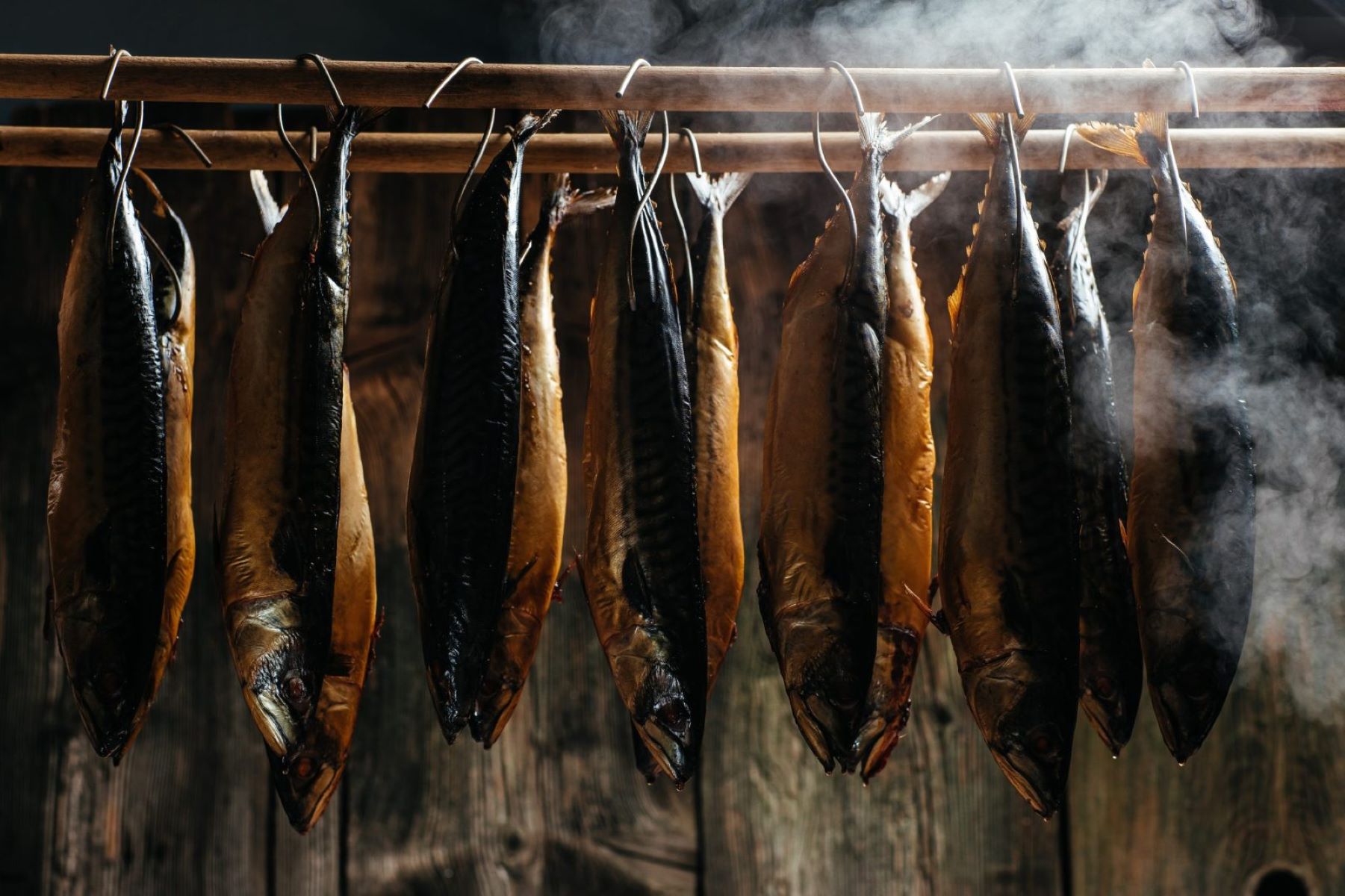
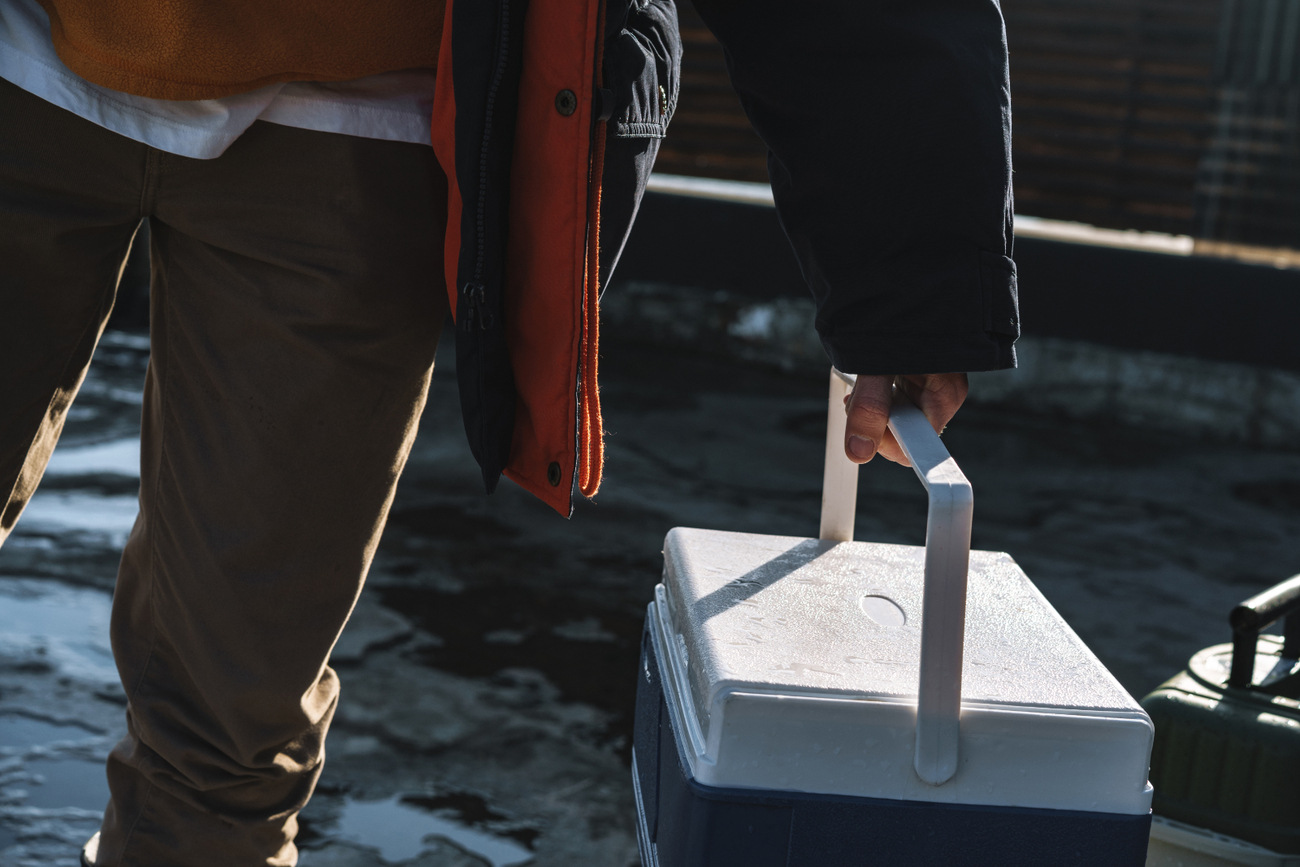
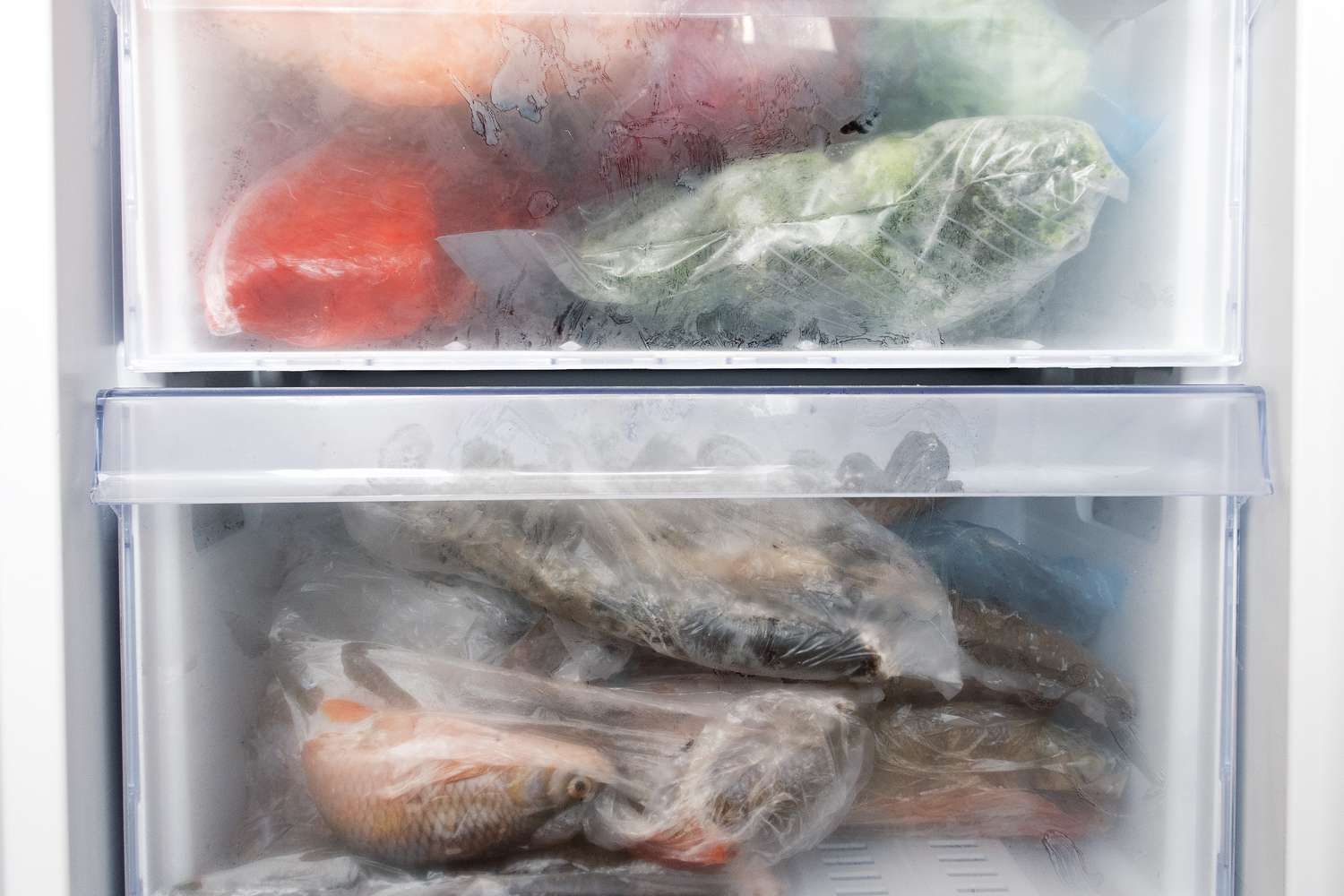
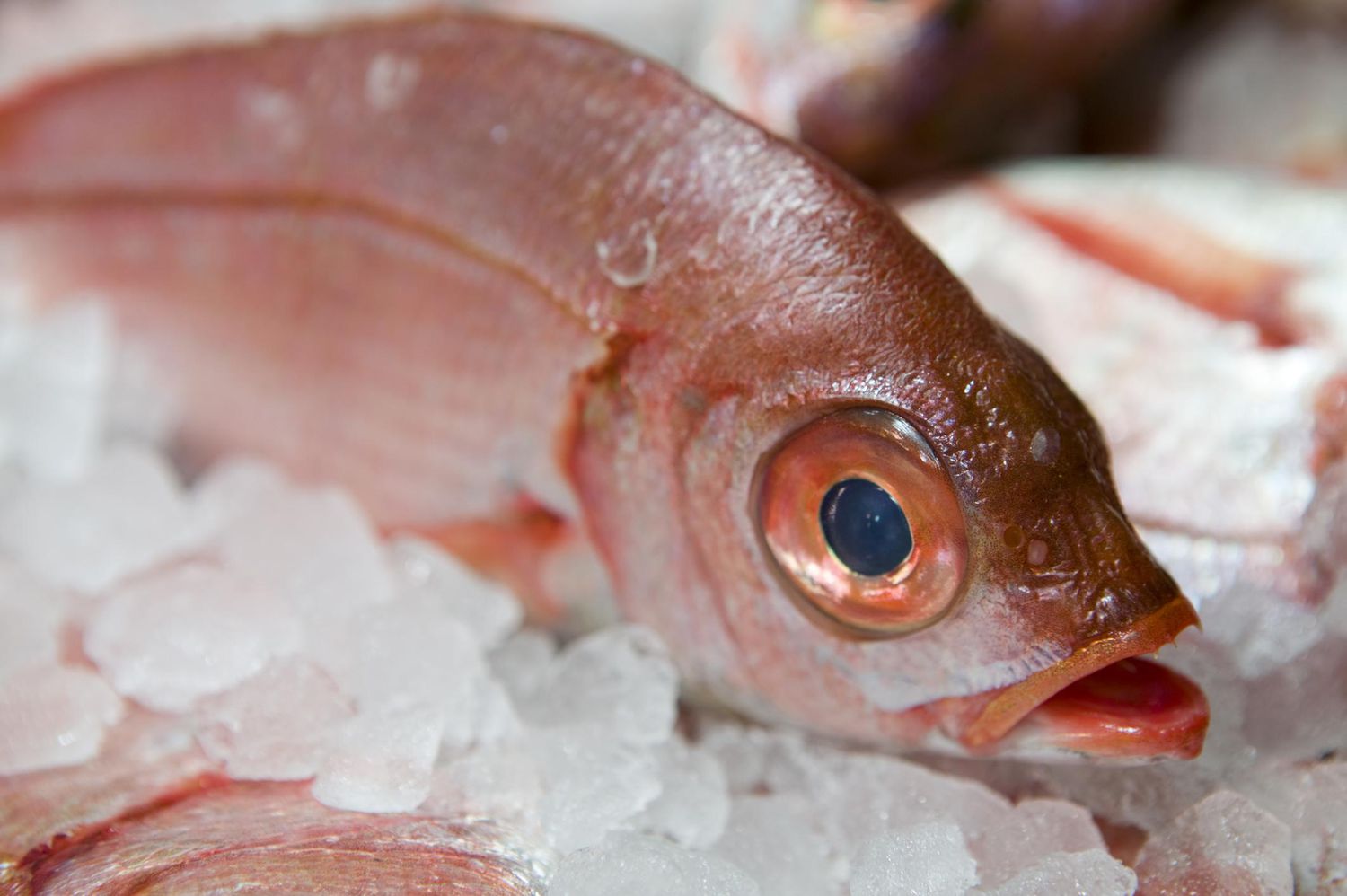
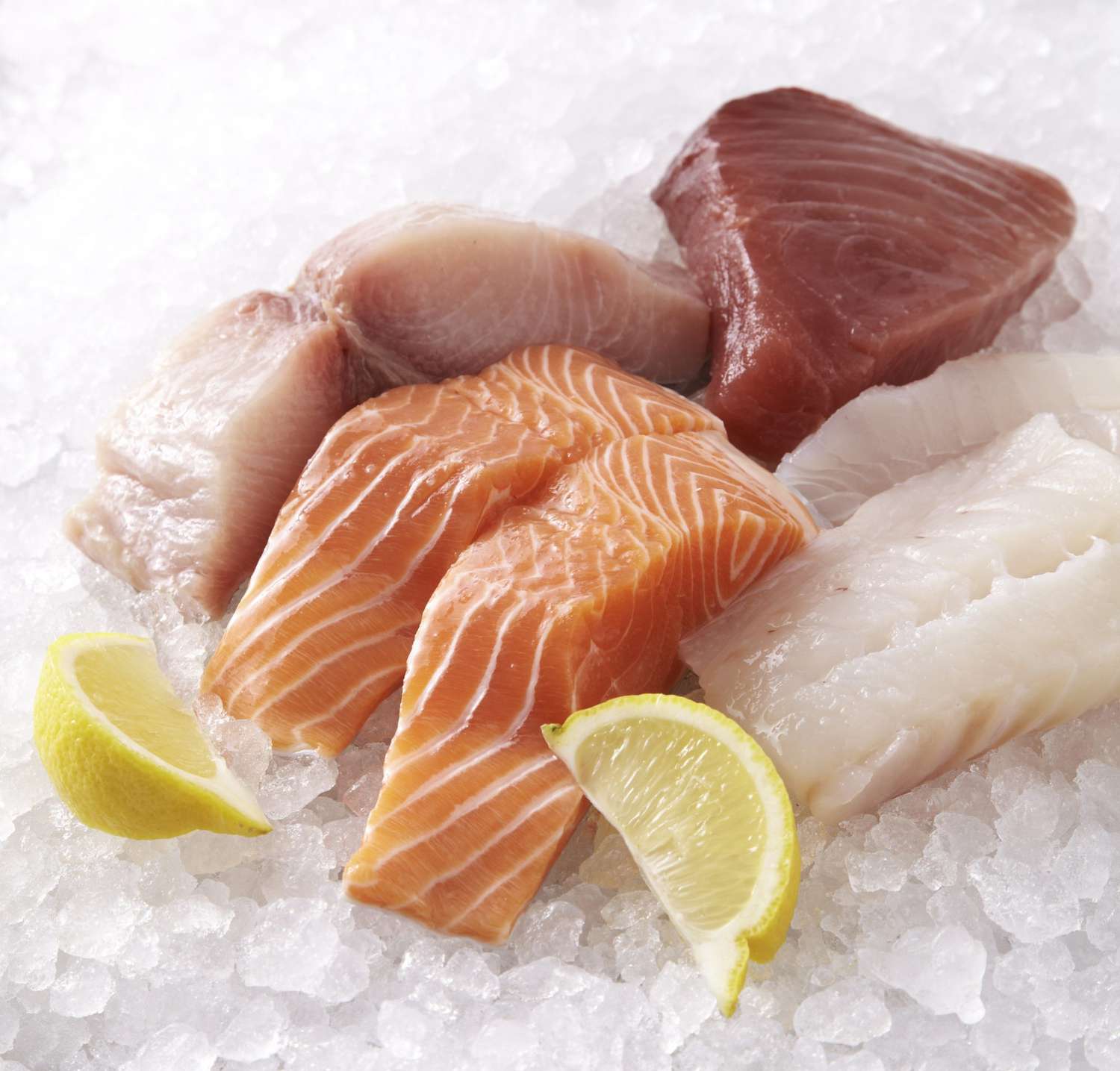

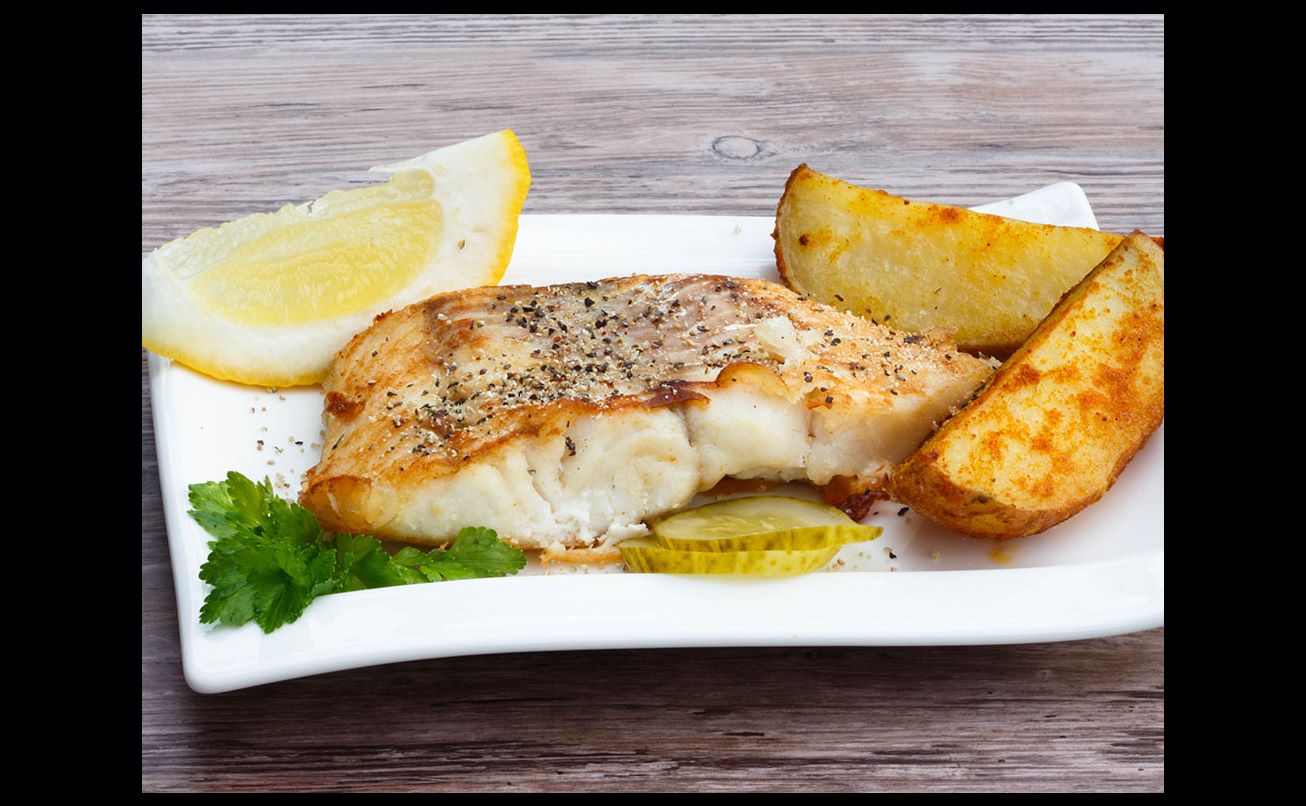
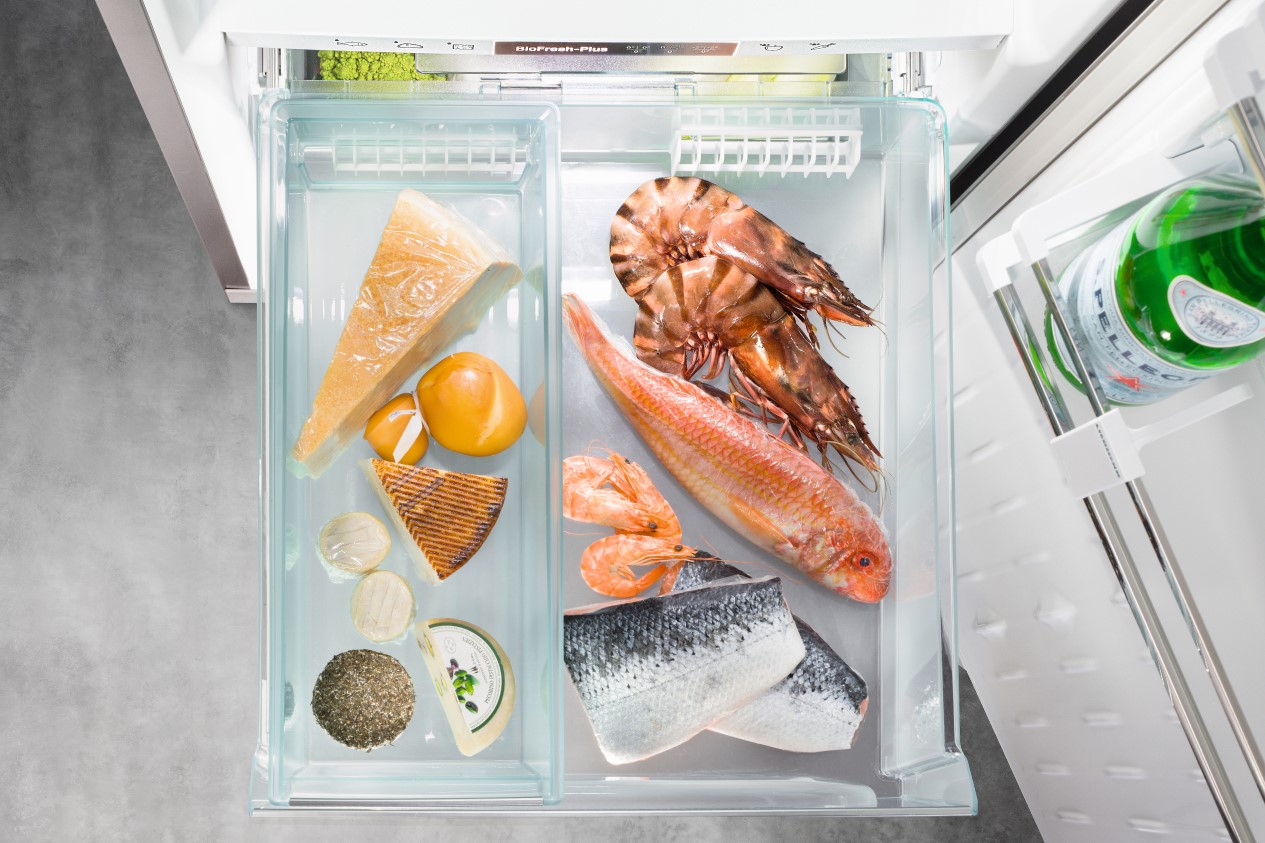
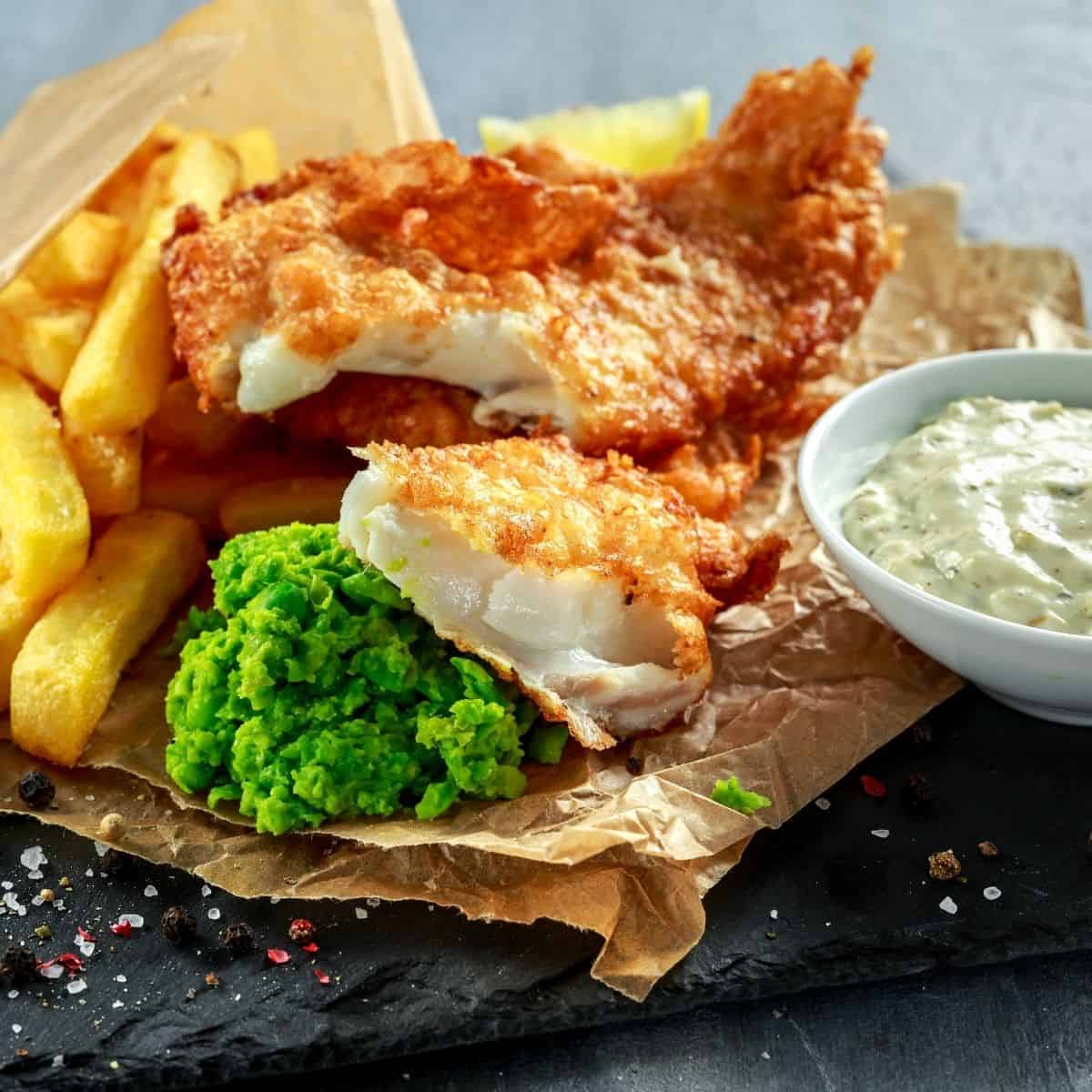
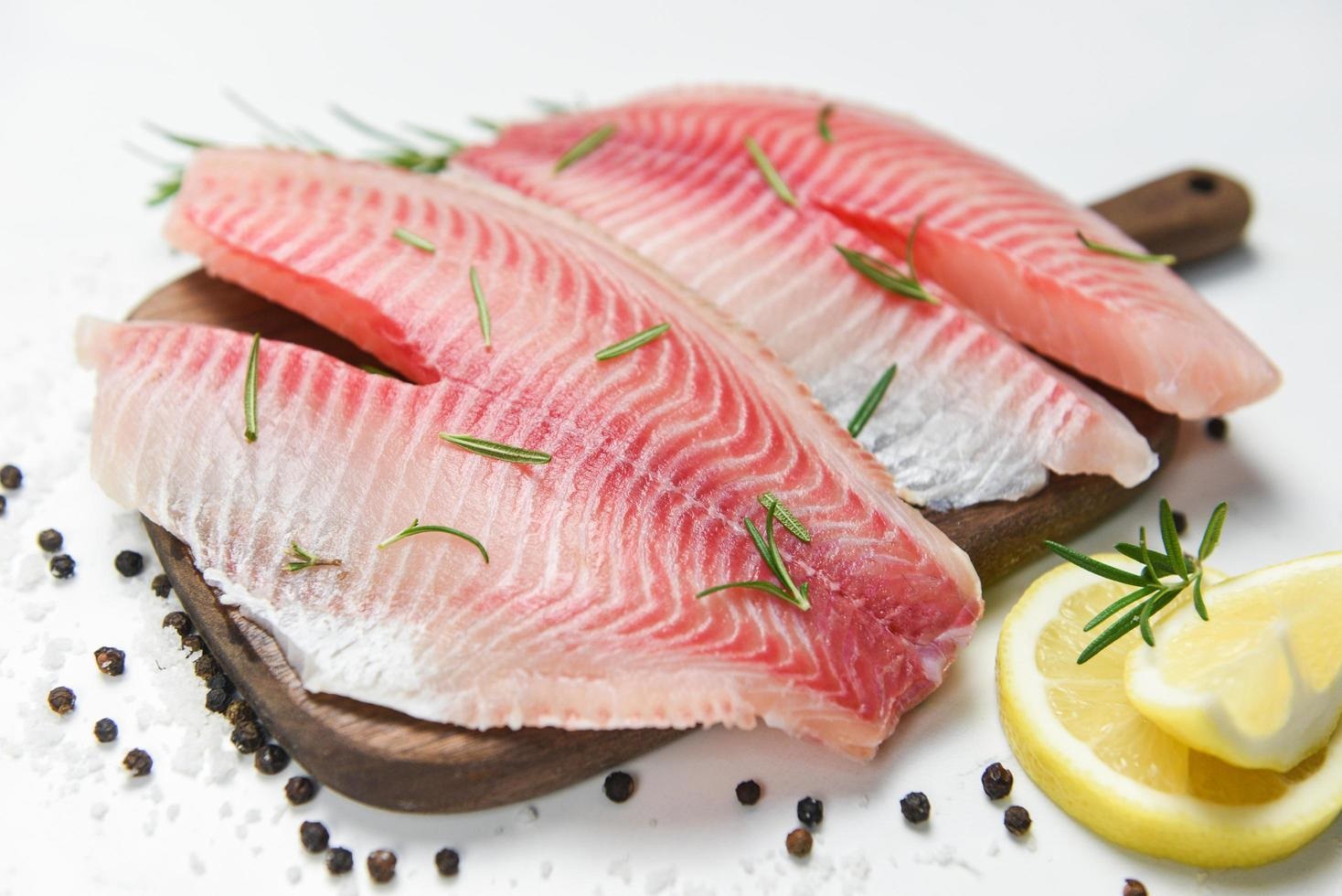

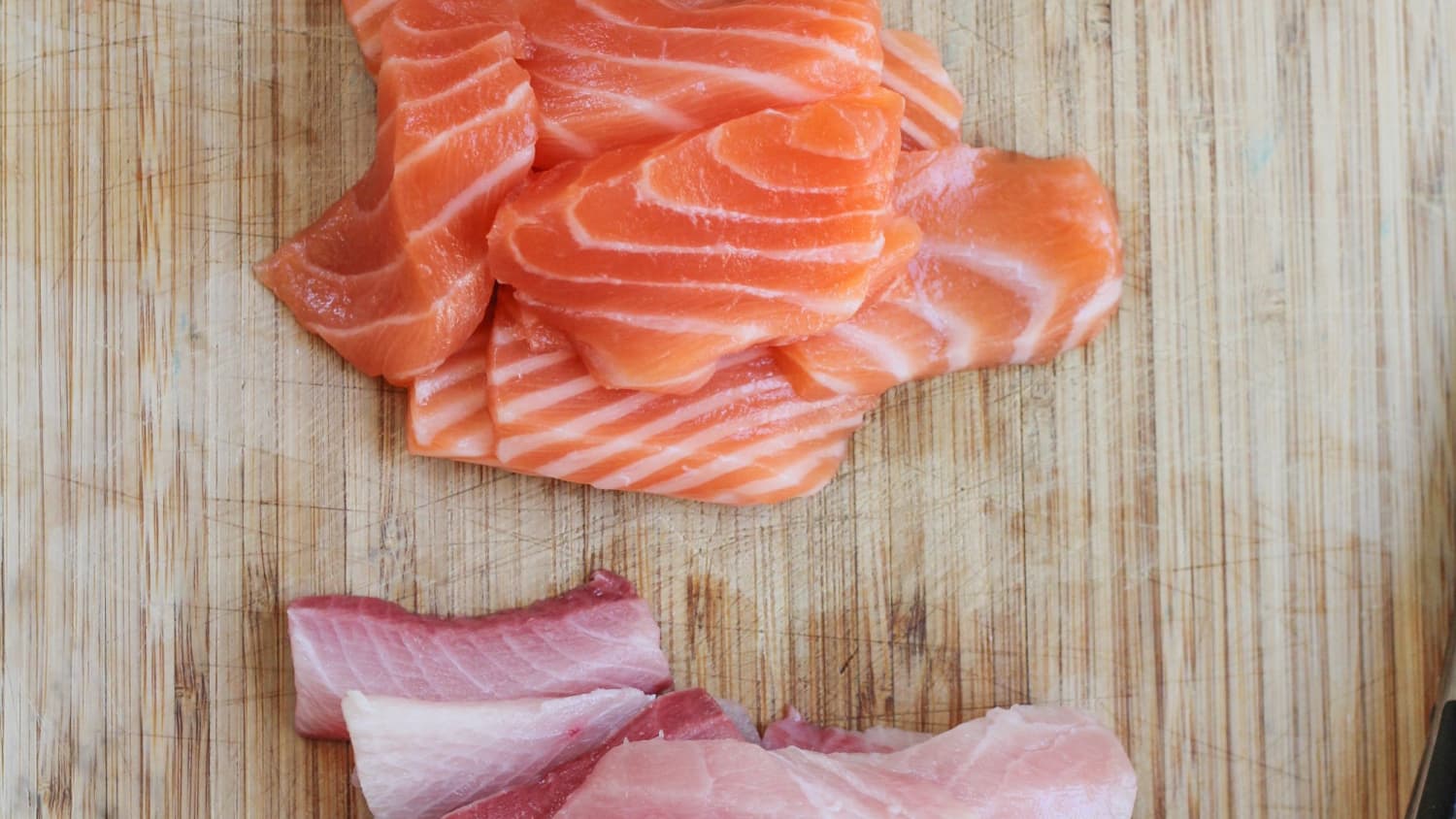
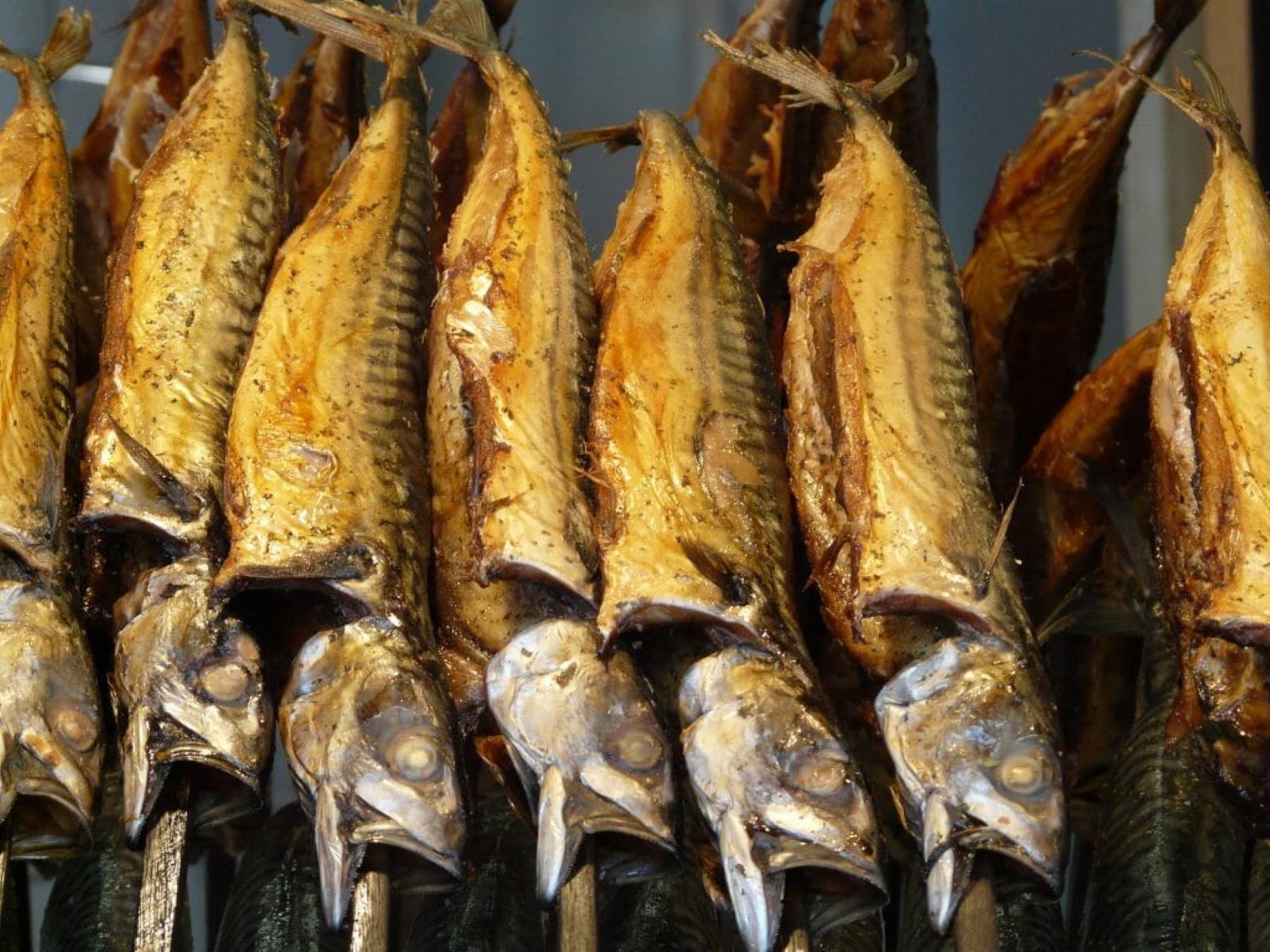


0 thoughts on “How To Store Fish Vegetables And Meat Top To Bottom”